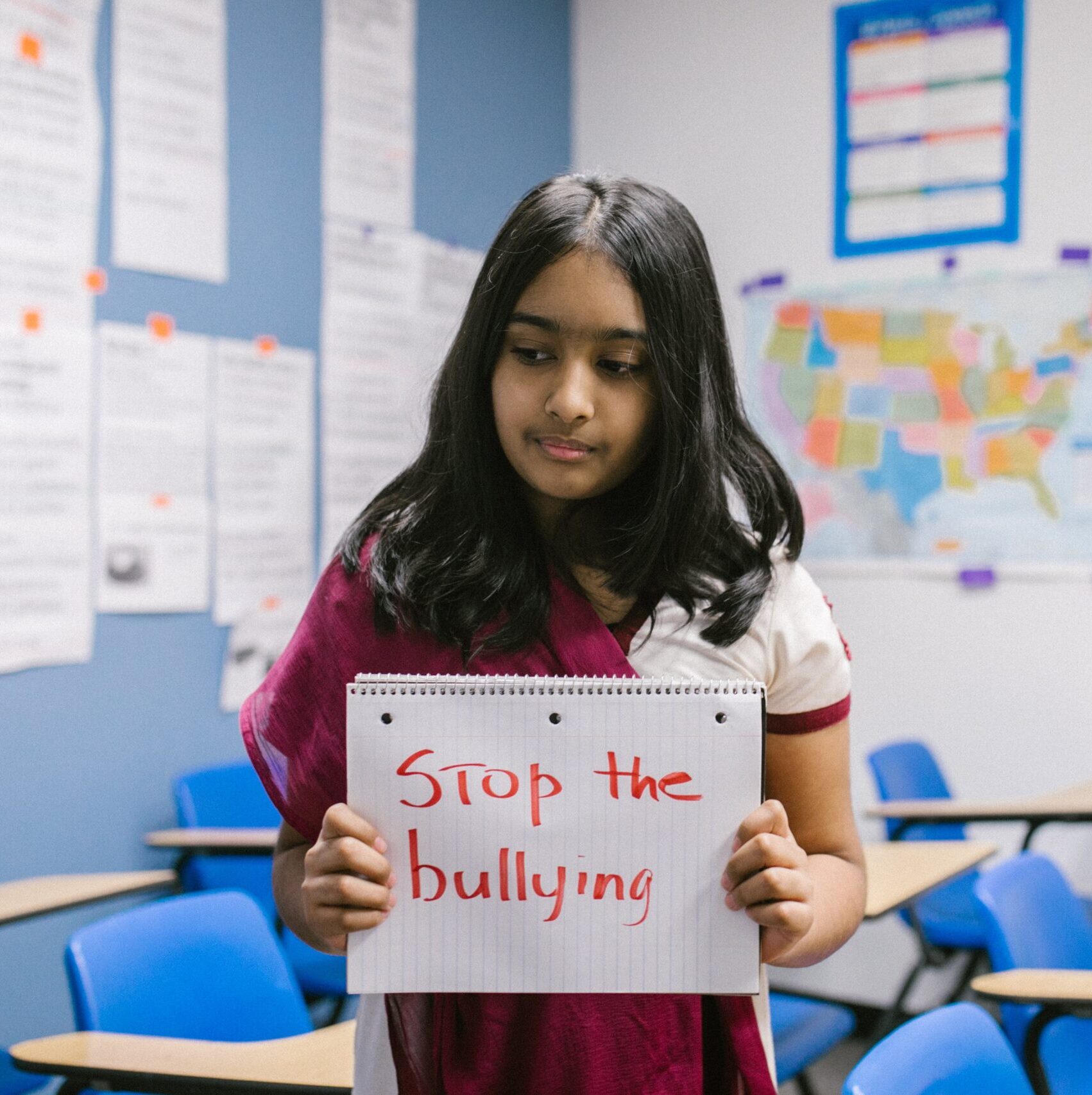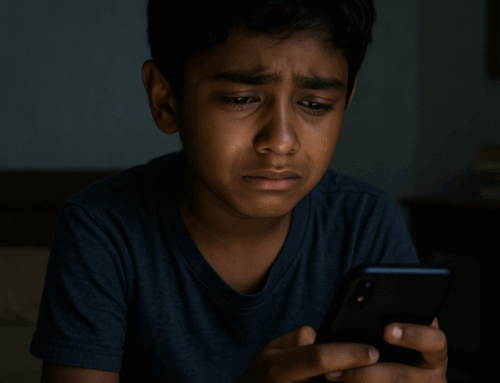My daughter turned one in July, and as a mother in Mumbai, I’ve already started researching school options. The more I read, the more I find myself thinking about the kind of school she’ll go to. I’m clear it’s not just about academics. It’s also about my daughter’s emotional safety, and the reassurance that she will be going to school free from bullying.
My own school memories come flooding back. Not just the achievements, but the silences. The stories of cruelty, the loneliness and isolation I witnessed of my fellow students, the emotional scars that too many children carry alone. Now, as a parent and as someone working to promote children’s well-being, I’m left wondering: Isn’t it time India had a National Bullying Prevention Day – a moment to listen to what our children are telling us, and to act?
India is almost unique among the world’s largest economies in not having a Bullying Prevention Day
This is a striking paradox, given that India has some of the highest bullying levels in the world. For example:
-
The McAfee Cyberbullying in Plain Sight 2022 report ranked India number one globally for reported cyberbullying among youth. (McAfee report PDF)
-
A systematic review on school bullying published in PubMed highlights high prevalence rates in India and South Asia. (PubMed link)
-
Research articles exploring Indian school violence and bullying provide further evidence of the harm these behaviours bring. (PMC article)
-
Other local studies, like the paper from CMPCollege, examine bullying dynamics in Indian schools specifically. (CMPCollege research PDF)
-
A related study in PMC also documents the psychological impact and behavioural correlates of bullying. (PMC article)
Around the world, many countries are already responding.
-
UNESCO observes the International Day Against Violence and Bullying at School (the first Thursday of November) to promote safety and awareness. (UNESCO Day Against School Violence & Bullying)
-
The United States marks October as National Bullying Prevention Month.
-
Australia holds a National Day of Action Against Bullying and Violence in March.
-
The UK runs Anti‑Bullying Week each November.
These aren’t just symbolic. They invite collective pause, reflection, and recommitment among children, parents, educators, and governments.
India has over 250 million school-going children. We cannot afford to treat bullying as a phase. It is lost learning, lost confidence, and lost potential.
What Safety at School Means to Indian Children
In my conversations with students there is a recurrent theme – children across India want school to feel like a second home.
-
Anshi, 13, Mumbai told me this. “A young boy came to school in dirty clothes, and everyone made fun of him… A safe school is where no one is singled out or ridiculed for their family’s financial situation, where students and staff treat each other with kindness and respect.”
Here are similar views voiced by a couple of other students that I know.
-
Lionel, 11, Goa: “A safe school is like a second home where every child belongs despite their differences or difficulties. If bullying occurs, teachers should act firmly so the bully doesn’t repeat the act.”
-
Avika, 12, Mumbai: “A safe school is where we like to go every day, don’t get bullied, have clean washrooms, feel free to share thoughts with everyone, and don’t have to fear anything bad happening.” Her mother added, “This isn’t about toughening. Bullying affects confidence, morale, everything.”
The research aligns with these lived experiences. A study from Chandigarh found that victims of bullying had lower self-esteem and higher emotional/behavioral difficulties compared to peers. The UDAYA study in Uttar Pradesh and Bihar reported that adolescents who faced cyberbullying were 2.07 times more likely to show depressive symptoms and 2.5 times more likely to experience suicidal thoughts.
These numbers reflect children skipping school from fear, eating lunch alone, or losing confidence that may never fully recover.
Why a Bullying Prevention Day for India?
A national commemoration is more than a symbolic date. It’s a call to consciousness. It would:
-
Spark conversations in schools, homes, and communities
-
Invite action from educators and policymakers
-
Send a message to children that their safety matters
-
Align India with global child protection efforts
As we say at Power of Zero: “Punishment doesn’t solve bullying. Empathy does.”
How the No Bully Program Can Help
The No Bully Program is a proven, non‑punitive approach that has ended up to 90% of bullying incidents. Its strength lies in training school leaders and teachers to cultivate cultures of empathy, accountability, and inclusive behavior in place of fear.
Policies alone don’t change hearts. Change comes from people who believe in something better. And that includes you.
If you are a parent, educator, or policymaker who wants Indian schools to be safer spaces, here are three ways to begin:
-
Start a conversation about establishing a National Bullying Prevention Day in India
-
Explore No Bully leadership training for your school
-
Share this article and keep the dialogue alive
This is not wishful thinking. It’s possible. And the time is now.
Author: Hailley Turakhia Shah, No Bully India Lead Trainer and lifelong advocate for non-violence. Reach her at [email protected]







Leave A Comment